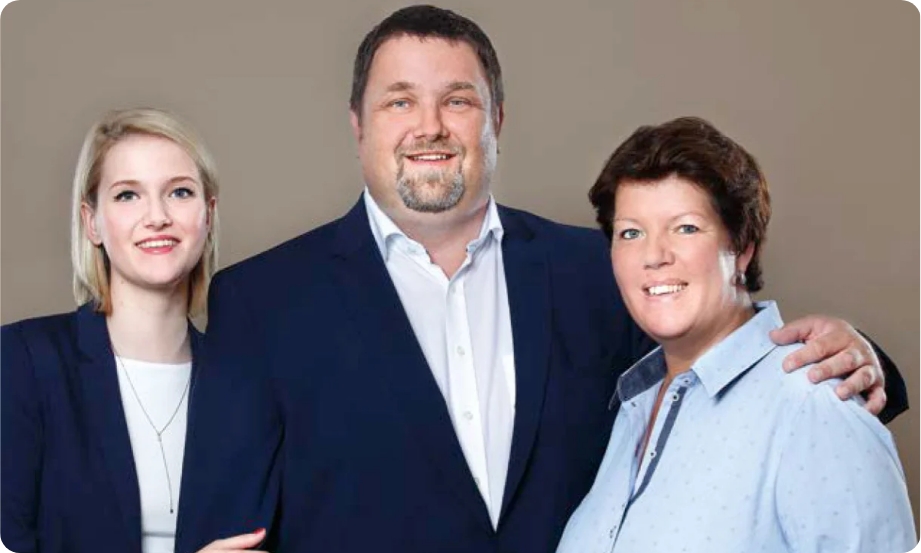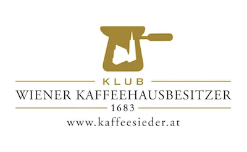
Located on these premises was a bath house, first mentioned in 1314. In 1357 the bath house was in the possession of one Peters, wife of the Endres of Prchenfrits, who passed it on to her Husband, Andre the Prchenfrits. The premises owed the Abbots of the Viennese Scots Convent 15 Viennese Pfennigs a year. The register of the Scots Convent informs us about further owners during the 14thcentury: Rueger, son of Egidis the barber-surgeon, and Magister Marrus Faber.
The barber-surgeons [German: Bader] were principally healers, but originally no more than bath attendants and owners or tenants of bath houses. Early on, amongst the services offered were cutting hair and shaving. Later on massages, cupping, blood-letting, the treatment of skin diseases, ulcers and wounds, and finally the entire field of surgery were added, making medical supervision necessary. The trade sign of the barber-surgeons was a shaving basin on a pole.
The trade was restricted to certain houses. During the plague the bath houses were officially closed. In 1545 the magistrate of Vienna required the barber-surgeons to be certified. The first examination for the then eleven Viennese barber-surgeons took place on January 28, 1549. The conditions for becoming a master of the trade were three years of apprenticeship, an “honest and free birth” (meaning legitimate), being married, citizenship and a qualified establishment. Nevertheless, they retained the duty of fire fighting.
Indeed there does not seem to be any other restaurant in the world which can say of itself to have treated its guests to musical entertainment by Mozart and Beethoven, as occurred in November of 1788,
when Mozart performed a pastorale by Handel, and on April 6th, 1797, when Beethoven performed his “Quintett for fortepiano with four horns”.
The “Private Piqueniques” held here were famous, accompanied by the house band with red uniforms and golden braids. Children’s balls and charity balls were staged here.

The musical clown Bohdanowicz and his family played piano eight-handed in 1802 and A.W. Schlegel held 15 lectures on drama in March and April of 1808.
In 1812 he sold it to Andreas Popper who ended the business sometime during the 1820s. By then the house was already owned by count Karl Strachwitz. In 1839 it belonged to Johann Ender, in 1849 to Johann and Hedwig Langer, in 1869 to Sigmund Teitelbaum. At that time the sign read “Zum Hopfenstock” (“To the Hop Vine”). In 1877 the building was renovated. In 1885 possession was transferred to the “Wiener Versicherungs Ges.” (“Viennese Insurance Company”), in 1899 the building was acquired by the state and some departments of the Ministry of Finance moved into it, which had moved its seat to the adjacent Palais of Prince Eugen in 1848. Since 1891 the house has accommodated the well-known Café Frauenhuber. This Café has been able to keep up its good reputation which it had already acquired in the days of the Austro-Hungarian Monarchy, and it still is one of the most popular and best-visited cafés of the bourgeoisie in Vienna.

We look forward to welcoming you to our coffee house!
With best regards,

A very popular café was the one founded by Alois Hänisch, which until 1824 was located at the old Fleischmarkt [“meat market”, a street in the central Viennese 1stDistrict] and where you could always have a good conversation. On October 24th, 1824, the café moved to the address Himmelpfortgasse No. 965, in today’s counting No. 6 [also in the 1st District], where he attracted attention with his sign.
Around 1827 he had two life-size figures painted on his door-posts by the history painter Erasmus Engerth, one allegedly depicting the first coffee-maker Kolschitzky. The café had the reputation of being one of the most quiet in town, because its was patronized strongly by pensioned military officers and civil servants, who would play chess and whist. During the carnival season delicious egg punch was served.
Then the café would be somewhat livelier.
In 1840 the café was acquired by one Kasimir, later, in 1849, by Anton Zagorz, who had it refurbished by Johann Zizula. The café has changed its name a few times, eg. “Kaffeehaus Herzog”, and since 1891 it has had its present name, “Café Frauenhuber”.
If you would like to have a detailed printed Chronicle, visit us! We would like to hand you one in person.






Monday – Saturday
8.00 am – 10.00 pm
Sunday & Holidays
10.00 am – 08.00 pm


